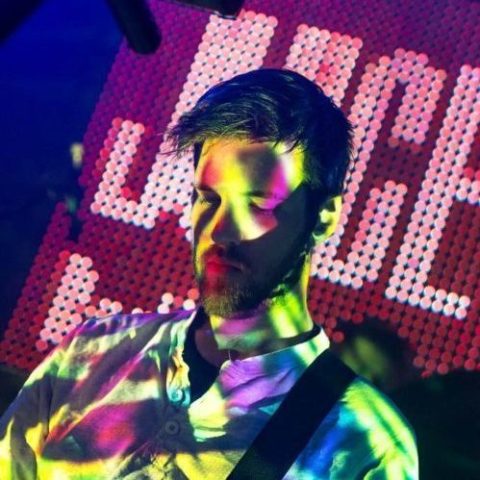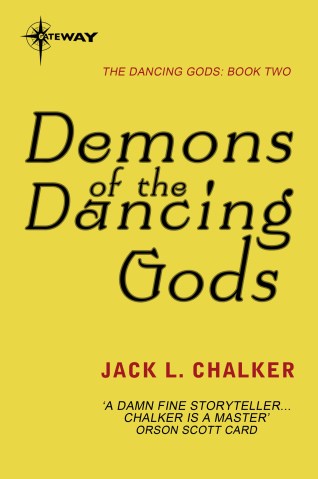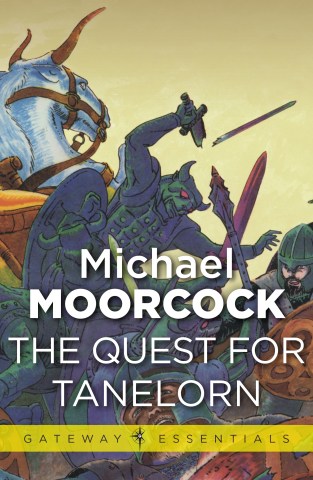Shooting for the moon
Of all the celestial objects you can photograph, the moon is one of the most interesting, not least because it’s sufficiently large (and close) to be photographed in its own right. But it’s also a difficult subject to photograph, as it often ends up looking disappointingly small, even if you use a telephoto lens. To fill the frame with the moon requires a focal length of at least 1200 mm, and while these extreme lenses are available, they are very expensive. In fact, one has recently gone up for sale in the UK, at a mere £99,000!

The moon is a lot brighter than you might expect, possessing an EV of around 15. This means exposure times can be surprisingly short when it fills the frame, as in this image, which was captured through a telescope.
Try a telescope
A cheaper alternative is to attach your camera to a telescope. These can range in price from several hundred dollars up to several thousand, but many will allow you to attach a camera via a dedicated mount. From a practical point of view this is the equivalent to shooting with a very long lens. As such, the main consideration is to make sure that you keep the camera, tripod, and telescope as still as possible during the exposure—even the most minor movement will compromise image sharpness.
Choosing an exposure
Whether you shoot the moon through a telescope, or with a long lens, one thing you’ll soon realize is it’s a lot brighter than you might expect. A full moon has an EV of around 15—equivalent to a scene in full or moderately hazy sunlight. If you are filling the frame with the moon you just need to select an appropriate exposure as you would for a shot in daylight, but if you want to include anything else in your shot you will have a problem, especially if you are photographing the moon at dusk or at night.
The problem in low-light conditions is the short exposure required for the moon (EV 15) will mean everything else in the scene (which could be anything from EV 0 to EV 9) will come out extremely dark, or just plain black. In these situations, setting the exposure to capture the detail in the scene as a whole is the best option, especially when the moon only occupies a small portion of the frame.

At night, when the moon is a small part of an image, it will prove impossible to record all the detail in the dark foreground and the bright moon in a single exposure. In these situations, either let the moon “burn out” to white, or shoot two separate exposures and composite them in your image-editing program. Here, one exposure was made and the small, crescent moon was allowed to come out as pure white as the detail above shows.
However, it’s worth remembering that the moon moves in the sky. For reasonably short exposures of a few seconds this movement is unlikely to be apparent, but if you extend the exposure to several minutes you will introduce some degree of motion blur. To avoid this, consider making two exposures and merging them in your image-editing program. Make one exposure to record the night-time scene as a whole, and a second exposure to record the detail in the moon.
Extreme Exposure is David Nightingale’s guide to unshackling your photography and refreshing your approach to picture-making by taking a more extreme view of exposure. It shows you how to get the most from your camera and exploit its full creative potential, how you can shoot images that are impossible to see with the naked eye and deal with difficult exposure situations, and provides you wish pages of inspiration.
[one_whole boxed=”true”]
 Extreme Exposure, by David Nightingale
Extreme Exposure, by David Nightingale
£6.99 Download the PDF now!
This PDF version retains the styling of the original print book.
[button color=”Accent-Color” size=”small” url=”https://www.ilexinstant.com/product/extreme-exposure/” text=”Digital Edition”] [button color=”Accent-Color” size=”small” url=”http://www.amazon.co.uk/dp/1905814852?tag=ilexpresscom-21&camp=1406&creative=6394&linkCode=as1&creativeASIN=1905814852&adid=0R0BDF9W7HQ9K21TMMFQ&&ref-refURL=http%3A%2F%2Fwww.ilexinstant.com%2Fproduct%2Fextreme-exposure%2F” text=”Amazon UK (Print)”]
[button color=”Accent-Color” size=”small” url=”http://www.amazon.com/Extreme-Exposure-Aperture-High-Impact-Photography/dp/B008W3GRRM/ref=as_li_qf_sp_asin_til?tag=ilexinst-20&linkCode=w00&creativeASIN=B008W3GRRM” text=”Amazon USA (Print)”]
[/one_whole]



